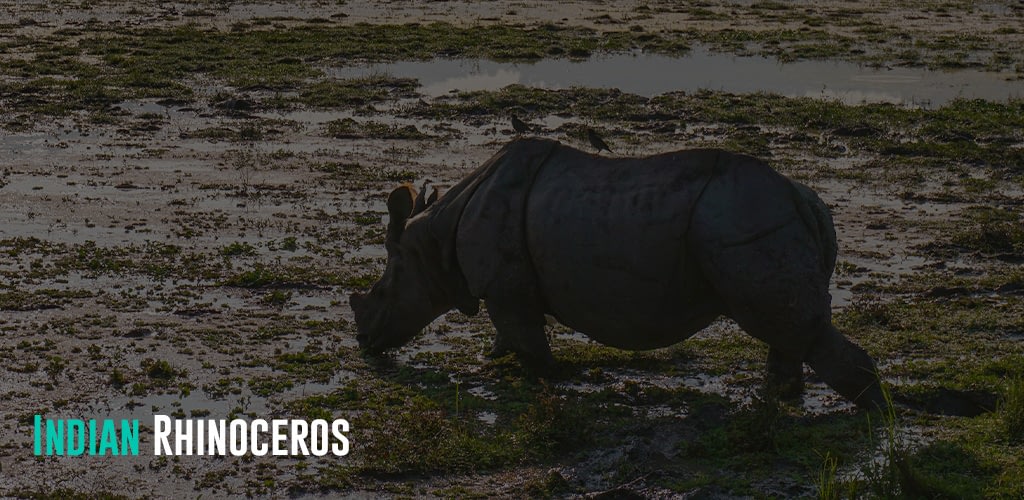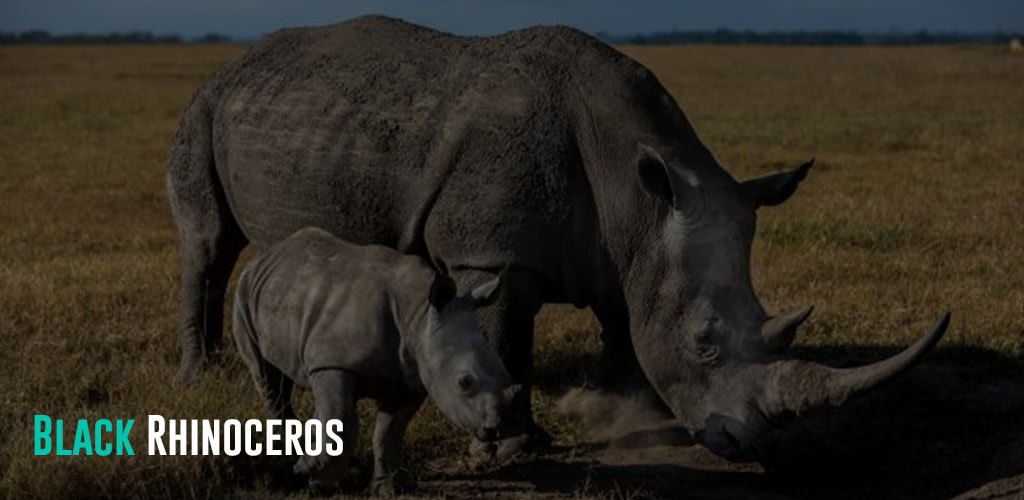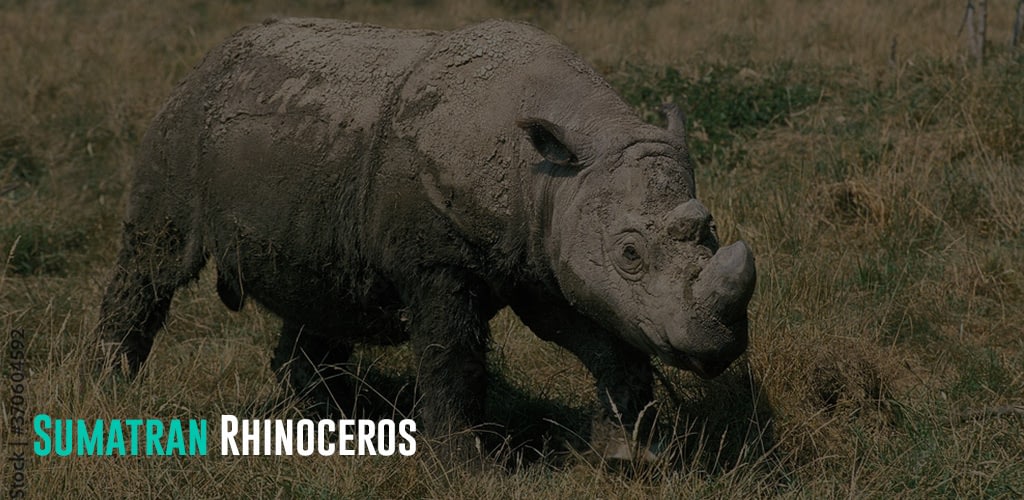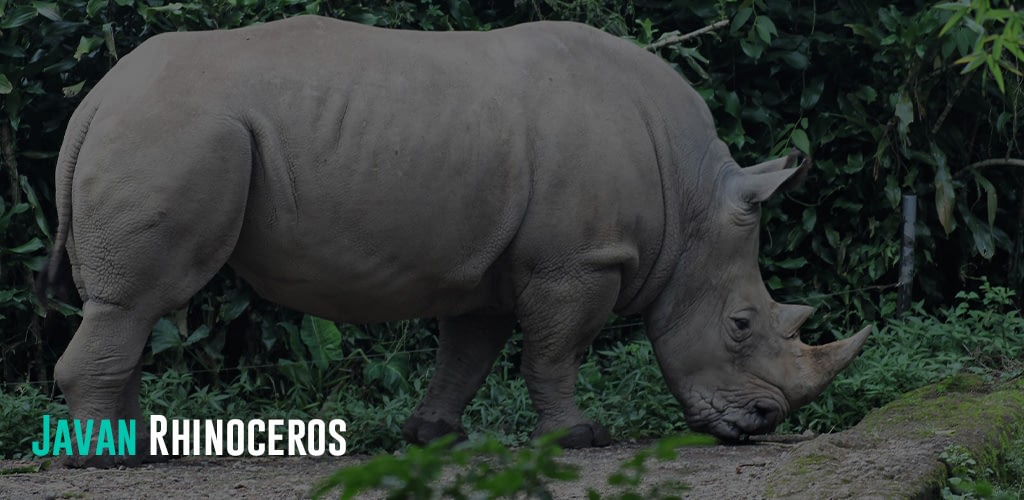There are so many animal species that have always held the fascination of wildlife lovers, but rhinos enjoy a unique position for several reasons. Found in parts of Asia and Africa, they are large, sturdy animals with distinctive horns that make them stand out. Appearing seemingly uncaring with their thick hide, rhinos play an essential role in their ecosystems as large herbivores that help to shape the landscape and support other species. There are several places in Asia and Africa where you can spot rhinos in their natural habitats. A canoe safari anywhere in Africa or a Kilimanjaro trek in Tanzania allows you to connect with natural wonders. But we wish to bring you places where rhinos beckon you in different parts of the world. So read on to learn where to find the last Rhinos worldwide!
Indian Rhinoceros
Native to the Indian subcontinent, Indian rhinos are one-horned and found primarily in India and Nepal. Indian rhinos are also known for their distinctive, prehistoric appearance, with their humped back and small eyes and ears. You can spot these rhinos in the Kaziranga National Park and Pobitora Wildlife Sanctuary in the Indian state of Assam, home to 80 percent of the world’s rhino population. The Kaziranga National Park is home to the largest population of Indian rhinos in the world. You can also see them in Chitwan National Park and Bardia National Park in Nepal, providing thrilling safaris.
Black Rhinoceros
Black rhinos grasp branches and leave with their distinctive hooked lip as they scour the jungles for food. Two horns line their snout, the front one being larger, growing up to 4 feet in length, and wondering where can you find them. Look no further than Etosha National Park in Namibia, Kruger National Park and Hluhluwe-iMfolozi in South Africa, and Lewa Wildlife Conservancy in Kenya. If you plan a Kilimanjaro trek in Tanzania, visit the Ngorongoro Conservation Area to spot rhinos. These parks offer guided tours that are not only thrilling but memorable. You can spot these animals in their natural habitat and witness their magnificence first-hand. However, it’s important to note that black rhinos are still endangered, and their protection should be a top priority when visiting these parks.
White Rhinoceros
Besides Black rhinos, Africa is also home to white rhinos, which are relatively less aggressive than their black counterparts. Despite its name, the color of the white rhinoceros is not white. Instead, the herbivore is gray and has a distinctive wide, square-shaped mouth. Interestingly, white rhinos are the largest rhinoceros species in the world, weighing up to 2.5 tons. To spot them, you can head to Kruger National Park or Hluhluwe-Imfolozi Park in South Africa and Etosha National Park in Namibia. White rhinos are social animals, and you will probably find them in groups of not more than 14 animals, known as a crash.
Sumatran Rhinoceros
Jump to Asia, home to two-horned rhinos, and Africa. The Sumatran rhinoceros is the smallest and most endangered species of rhinoceros. Fewer than 80 individuals are left in the wild. This species of rhino is native to the Indonesian islands of Sumatra and Borneo and is the only Asiatic rhino species that has two horns. They are small, burly animals flaunting reddish-brown skin and thick fur. You can spot these rhinos in Way Kambas National Park, Bukit Barisan Selatan National Park, and Gunung Leuser National Park in Sumatra. Sumatran rhinoceros are critically endangered, and these national parks are where you should go before nature plays its course.
Javan Rhinoceros
The Javan rhinoceros is one of the rarest and most endangered large mammals in the world, with only a few dozen left in the wild. They have a unique appearance, with heavily folded skin that makes them look armored. If you want to see them in their natural habitat, head to Ujung Kulon National Park in Java, Indonesia, but be aware that they are hard to spot due to their elusive nature. However, guided tours through the park are available and worth it.
It’s important to note that rhinos are endangered, and their populations are declining. Conservation efforts are underway to protect these amazing creatures. So whenever you visit national parks and nature preserves to see them, make sure you travel responsibly, follow government-issued guidelines, and leave no trace of litter behind.






